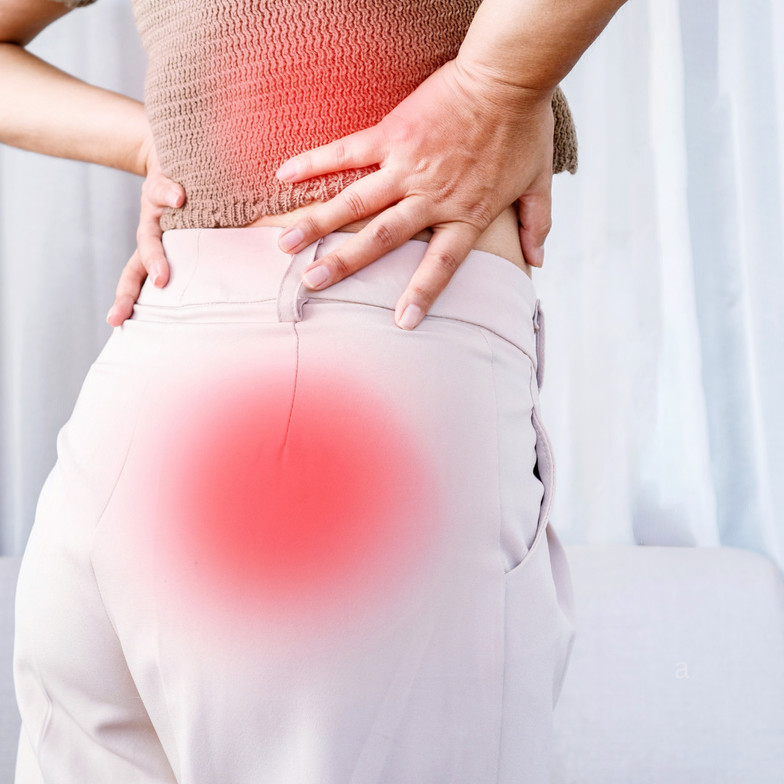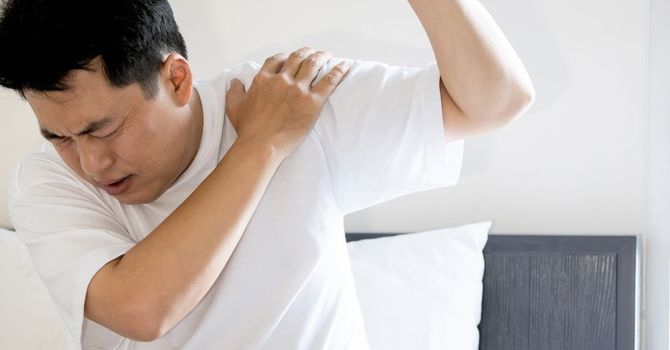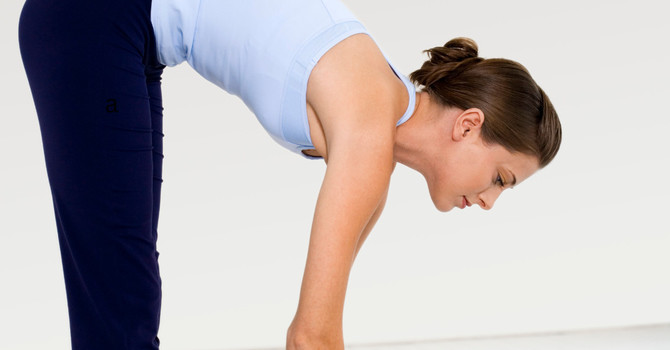
How Are Hip and Back Pain Related?
Hip and back pain are two of the most common complaints among active individuals and those with sedentary lifestyles alike. Many people experience discomfort in one area and fail to realize how interconnected the two regions are. The hips and lower back are intimately linked through muscle chains, nerve pathways, and the structural foundation of the body. Understanding how these areas influence each other is key to finding effective treatment solutions for persistent discomfort.
In this blog, we’ll explore how hip and back pain are related, the mechanics behind their connection, and address the important question: Can hip pain cause back pain?
The Hip and Lower Back Connection
The hips and lower back work together to support movement, balance, and posture. They form part of the "kinetic chain," meaning that when one part of the body moves, it affects other parts in the chain. The hip joint, specifically the ball-and-socket joint, is responsible for a wide range of movements, including flexion, extension, abduction, adduction, and rotation. The lumbar spine (lower back) is designed to provide stability while allowing for some flexibility, especially in flexion and extension.
Due to their close proximity and interdependence, issues in one area often lead to compensations or dysfunctions in the other. Let’s break down the relationship in more detail:
-
Muscular Connections
- The muscles that control movement of the hip and pelvis also play a significant role in stabilizing the lower back. For instance, the hip flexors (specifically the iliopsoas) are connected to the lumbar spine and the pelvis. When these muscles are tight, weak, or imbalanced, they can create tension and movement dysfunction in both the hips and lower back.
- The gluteal muscles, responsible for hip extension and external rotation, also stabilize the pelvis. Weakness or improper firing patterns in the glutes can cause excessive strain on the lower back muscles, leading to discomfort or pain.
-
Nerve Pathways
- The sciatic nerve, one of the body’s largest nerves, originates in the lower back and passes through the hips and down the legs. Although true sciatica is defined as nerve symptoms that reach below the knee, irritation or compression of this nerve can result in pain radiating through both the hip and back regions as well.
- Conditions such as facet irritation can compress nervous tissue and often manifest as pain in the lower back, hips, and legs, showing how interconnected the two areas are in terms of nerve function.
-
Structural Support
- The pelvis acts as a structural foundation for both the lower back and hips. Misalignment of the pelvis, due to injury or poor posture, can cause an imbalance in how the hips and spine function. This imbalance may lead to compensations in other areas, resulting in pain and dysfunction.
Can Hip Pain Cause Back Pain?
The answer is a resounding yes. Hip pain can absolutely lead to back pain, and there are several reasons why:
1. Gait Alterations
- When someone experiences hip pain, their body naturally adjusts to avoid further discomfort. This often results in changes to their gait or walking pattern. A person may compensate by placing more weight on the opposite side, rotating the pelvis awkwardly, or altering the way they move their lower back. Over time, these compensations can place undue stress on the lumbar spine, causing back pain.
- Common conditions like hip osteoarthritis can contribute to this altered gait. As the joint wears down, it becomes stiff and painful, forcing the body to shift weight differently, leading to strain in the lower back.
2. Muscle Imbalances
- If the hip muscles, particularly the gluteus medius or gluteus maximus, become weak or inhibited, the lower back muscles may have to work overtime to stabilize the pelvis during movement. This overcompensation can lead to lower back muscle strain and pain.
- In some cases, hip flexor tightness is a major factor. Tight hip flexors pull the pelvis into an anterior tilt, increasing the curve of the lower back (lordosis), which puts pressure on the lumbar spine. This is a common cause of back pain, particularly in those who sit for long periods or engage in activities that involve hip flexion (e.g., cycling, running).
3. Hip Joint Pathology
- Certain hip joint conditions, like femoroacetabular impingement (FAI) or labral tears, may cause referred pain to the lower back. FAI occurs when there is abnormal contact between the hip ball and socket, leading to joint damage. While the pain is often felt in the groin or front of the hip, it can easily refer to the lower back due to the close connection between the areas.
- Similarly, a labral tear (a tear in the cartilage that lines the hip socket) can cause deep hip pain that radiates into the lower back, groin, and thigh. This referred pain is due to shared nerve pathways and the fact that hip dysfunction alters how the lower back functions.
4. Poor Core and Pelvic Stability
- The core muscles, including the abdominals and obliques, work alongside the pelvic floor muscles and glutes to stabilize the pelvis and spine during movement. If hip pain causes a person to avoid activating the glutes or limits hip movement, the core and lower back muscles are forced to compensate, leading to lower back strain and pain over time.
- For example, runners with hip pain often develop poor pelvic control, which can lead to "cross-talk" between the hips and lower back. This instability can result in improper load distribution, causing the lower back to bear more stress than it should.
Can Back Pain Cause Hip Pain?
Just as hip pain can lead to back pain, the reverse is also true: lower back pain can cause hip pain. Here's how:
- Nerve Irritation:
- When a disc in the lumbar spine bulges or herniates, it can compress nearby nerves. Depending on which nerve is affected, this compression can cause referred pain down into the hips, thighs, and legs. For example, a herniated disc at the L4-L5 level may cause pain in the lower back and also refer pain to the hips and down the legs (often felt as sciatica).
- Movement Compensation:
- When someone has lower back pain, they may avoid bending or twisting at the waist, which leads to increased reliance on the hips for movement. This excessive demand on the hips can cause overuse injuries, joint inflammation, and muscle strains.
- Similarly, chronic lower back pain may reduce a person's ability to move freely. This reduction in movement often causes the hip joints to become stiff or immobile, contributing to secondary hip pain.
Treating Hip and Back Pain
Since hip and back pain are so closely linked, it's essential to assess and treat them together for a true solution that addresses the root cause. A movement-based approach that addresses muscle imbalances, mobility restrictions, and gait abnormalities is crucial. Here are a few key treatment strategies:
- Engaging and Strengthening the Glutes and Core: Exercises that focus on building strength in the glutes and core muscles will provide better pelvic stability and reduce stress on the lower back. Here are a few of our favorite exercises for this:
- Hip Mobility Work: Regular hip mobility exercises will improve range of motion and reduce compensatory movement patterns that can lead to lower back pain. Here are a few of our favorite exercises for this one:
- Postural Correction: Correcting poor posture, particularly anterior pelvic tilt, can alleviate excessive strain on both the hips and lower back. Here are a few great exercises to do this:
- Addressing Gait Abnormalities: Working with a chiropractor or physical therapist to assess and correct gait issues can help break the cycle of compensatory movements that contribute to both hip and back pain.
Conclusion
Hip and back pain are strongly interconnected, and problems in one area often lead to issues in the other. Whether it's due to muscle imbalances, nerve irritation, or gait changes, hip pain can definitely cause back pain, and vice versa. If you are experiencing discomfort in either region, it’s important to assess both areas and take a holistic approach to treatment. By addressing the underlying causes and working to improve movement patterns, you can find lasting relief from both hip and back pain.
Dr. Luke Bergner
Contact Me


